I got tagged in a reply to this post https://www.reddit.com/r/CryptoCurrency/comments/r4d7vt/with_all_the_recent_hype_sorrounding_nervos_ckb/
I was a bit late getting back to OP but figured it would be worthwhile to share my response as a regular post to help others learn more about Nervos. Also here are links to articles providing information about the functionality of Nervos. Enjoy!
Nervos Team: https://www.reddit.com/r/NervosNetwork/comments/mmgo4w/nervos_quick_links_for_faq/
Layer 1: https://www.reddit.com/r/NervosNetwork/comments/qu5iyu/nervos_beginner_links_layer_1/
Layer2: https://www.reddit.com/r/NervosNetwork/comments/qwm24r/nervos_beginner_links_layer_2/
A bit late to the party but here goes
CKB-VM uses RISC-V as its operating language. There area few reasons for doing so first is the fact that it is a hardware emulator making it the lowest level software in the stack. This allows the VM to process tx and blocks based around CPU cycles keeping things as small and efficient as possible. Secondly, its an assembly language so updates don't require hard forks to the network. Extensions can be added allowing the VM to actually grow with the Network and adapt as is needed with new governance rules. Third, unlike solidity and web assembly the RISC-V software can replicate a full computer allowing any programming language to run on top of it. Uniquely any other software actually runs inside of the CKB-VM without any disruptions to its native functionality.
#3 should be enough to make anyone bullish, this means programs from web 2.0 can be easily adopted onto web 3.0. Think along the lines of using Adobe Ps on a decentralized network which is huge for mass adoption of crypto in general.
Abstraction within Nervos is also amazing. They have pushed token and NFT standards to be used as more than just a currency that functions on the network and unique artwork.
- Simple UDT (sUDT) is the token standard and is named because the coding for the token is simple and a few lines at most.
- Extensible UDT (xUDT) builds on top of sUDT to come with regulation compliance and the ability to even stop or detract a payment if conditions are not met.
- Compact UDT (cUDT) allows for xUDT to shrink and become more efficient for data heavy assests.
NFT's have been pushed to include decentralized identity, dynamic interactions, and again includes a compact NFT variant.
Security is PoW and uses Nakamoto Consensus-Max a modified version that allows the BTC native consensus to remain impervious to attack without the cost of network throttling.
Layer 2 is Godwoken which is a rollup framework it currently runs Optimistic rollups and is in the process of supporting ZK rollups with plans to support other rollups after that. That means Nervos is already running ETH 2.0.
Lastly there is Forcebridge which allows Nervos to be connected with other blockchains. Since the VM is RISC-V no matter what the native VM is for a blockchain Nervos can interpret and run it. This is also true for the reverse since RISC-V can function with any other language.
I made this in response to a Tokenomics question awhile back.
Thanks for asking man. This is probably one of my favorite aspects of Nervos and one that also gets over looked quite a lot too. First here is the Cryptoeconomic Whitepaper. Second some quick facts: 1 CKByte = 1 Byte so 1M CKBytes = 1Mb of space. All CKBytes turn into Cells when data is stored on them, They return to Coins when the data is destroyed, Coins can only turn into 1 Cell at a time. A coin with data currently stored on it is called a Live cell, destroying that data and returning the cell into a coin means that CKByte is now a Dead cell. It's coin functionality is not disrupted when it is a dead cell.
So beyond all the great technology that is being innovated and developed on or by Nervos, it is maybe the most well thought out economic system for a blockchain.
To start we have the genesis block which is currently being mined, and holds a total of 33.57B CKBytes. Upon creation 25% (8.375B) was "burned", it wasn't actually destroyed but stored away as an emergency fund that can supply the secondary issuance for up to 4 years. It can only be accessed if the circulating supply hits 0 and the network is unable to pay miners and DAO holders. Only miners get rewards from the genesis block (Base Issuance) which halves every 4 years like BTC. This keeps miner compensation stable with incentive to continue protecting the network, when the block is fully mined this incentive pay will stop.
Secondary Issuance is an annual inflation of 1.344B coins added into circulation. This inflation is an added tool to control network bloat via state rent for all users with CKBytes stored on the Common Knowledge Base that are not locked within the DAO. It also guarantees that Devs will have new coins for data storage as Live cells. Secondary Issuance is only paid out to Miners, Nervos DAO, & Treasury.
- Miners receive compensation equal to the percentage of data occupied CKBytes
- Nervos DAO recieves compensation equal to the percentage of CKBytes deposited in the DAO
- Treasury recieves compensation equal to what is left over. Currently the treasury doesnt exist and the remaining coins are burned for real each year.
So if 60% of total supply is stored data 60% of Secondary Issuance goes to Miners, 35% of total supply deposited in DAO 35% of Secondary Issuance is issued to DAO holders to fight inflation. That remaining 5% would get deposited into the Treasury once it exists. So far there has been an issuance for three years '19,'20, &'21, originally Secondary Issuance was only supposed to come after the genesis block was mined but the DAO was needed to lock up coins. I'm also not entirely sure if miners are also receiving their portion from the issuance or if that too is being burned along with the treasury share. Secondary Issuance is also necessary so new coins can be used to create live cells and the network can grow
Now with such a high circulating supply and annual inflation it would take forever for CKB to increase in price and its only value would just come from Nervos saying look it's money use it as such. This brings us back to CKBytes data storage functionality. Since every byte of data consumes 1 CKByte and every function on Nervos requires CKBytes, constant use of the network will consistently decrease the circulating supply. This allows CKB to become a SoV rather than a basic currency, this makes CKBytes like land giving Nervos value from storage space rather than a basic claim that the coin is money. If the Genesis block is fully mined and the only amount of secondary issuance being pushed into circulation is Miner's dues as they would be the most liquid after issuance then Market Cap/Circulating Supply > Market Cap/Total Supply.
For example: Lets say BTC's market cap is 1T and Nervos somehow matches that.
- $1T/33.57B=$29.788 per coin - If this was a regular coin this would be the max price the coin could achieve at this market cap with the added inflation the value would constantly deplete each year.
- Now lets say 60% of issuance is all that gets added into circulation and the market cap is still 1T. 1.334B/60%= 800,400,000 CKB 1T/800.4M=$1,249.375 per coin
Currently there are 11.01B CKB locked in the DAO (1B = 1Gb) with a circulating supply of 27.75B. That's a 39.65% deposit to circulation ratio which will be taken from the next Issuance in '22
There are a total of 8.3M Cells on the CKB, only 348,150K are Live cells. The number of Live cells will increase as more projects develop and run on the network, this is what determines the Miner's dues from Secondary Issuance.
Lastly Liquidity & Lending, which keeps the whole system flowing. While this hasn't been fully implemented yet, there has been a clear goal by Nervos since their whitepapers to allow CKByte owners to rent out their coins to developers or others as storage space becomes more and more scarce. The biggest issue with this entire economic design was the poor liquidity that was developed especially early on. Unless you own a mining rig the DAO is the only manner in which you can "stake" to earn coins. You can only withdraw once a month from the DAO so this creates low liquidity. sUDT's were conceptualized which helped to create dCKB as a manner for locked up coins to be usable and liquid. They function exactly like a normal coin but with a smart contract that destroys the corresponding CKB thats earned under DAO compensation. This would allow devs to rent a portion of CKB that is earned while stored in the DAO, successful projects can then repay their loan + interest using CKB or dCKB in either case the native coin will be transferred or burned accordingly. dCKB will see a lot of use on Layer 2, DeFi, and smart contracts that recognize dCKB as an asset.
[link] [comments]

You can get bonuses upto $100 FREE BONUS when you:
💰 Install these recommended apps:
💲 SocialGood - 100% Crypto Back on Everyday Shopping
💲 xPortal - The DeFi For The Next Billion
💲 CryptoTab Browser - Lightweight, fast, and ready to mine!
💰 Register on these recommended exchanges:
🟡 Binance🟡 Bitfinex🟡 Bitmart🟡 Bittrex🟡 Bitget
🟡 CoinEx🟡 Crypto.com🟡 Gate.io🟡 Huobi🟡 Kucoin.
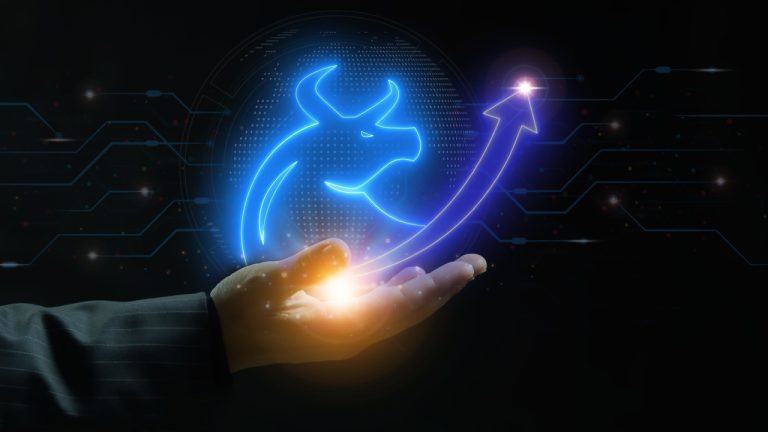

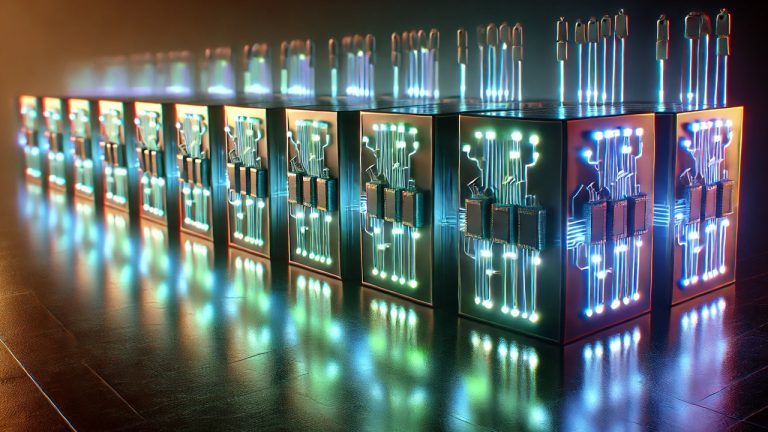









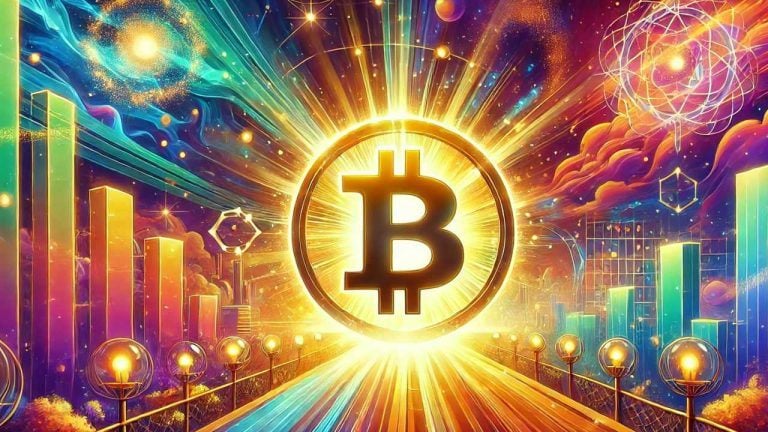
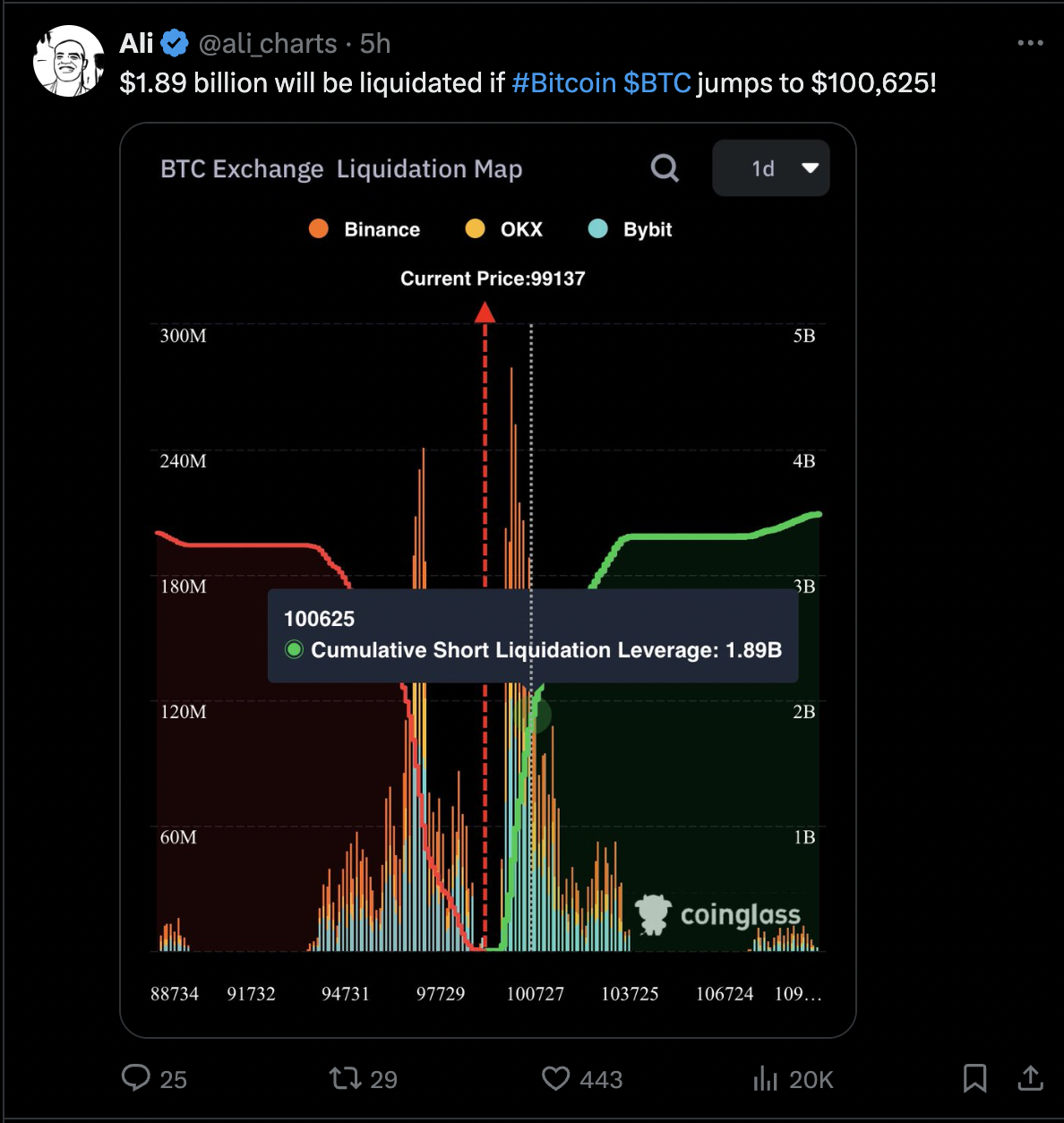
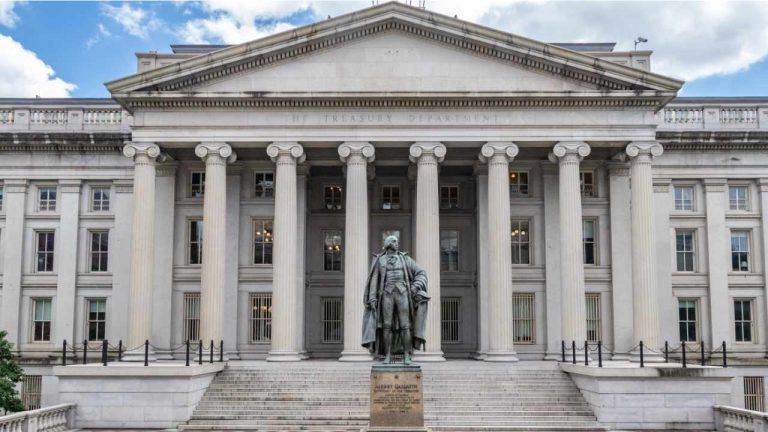

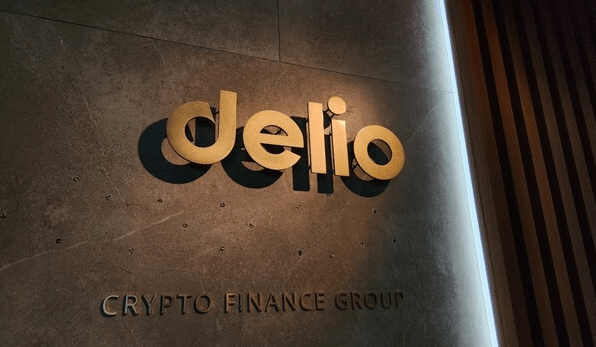
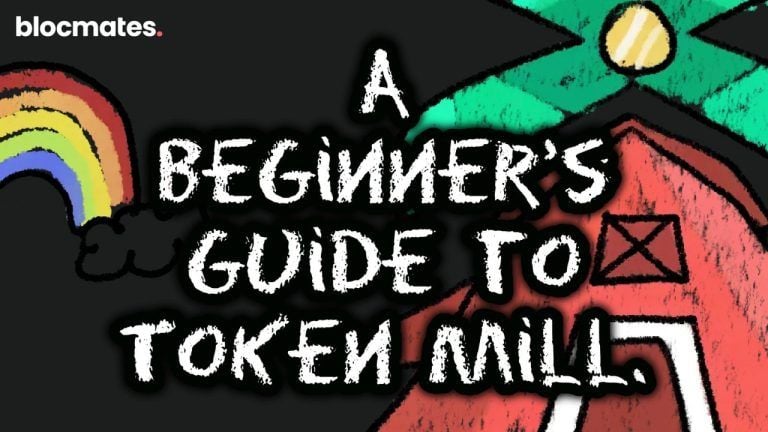
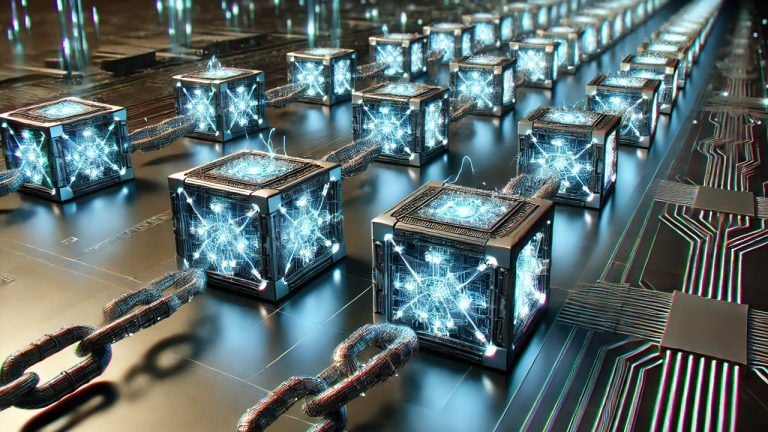

Comments